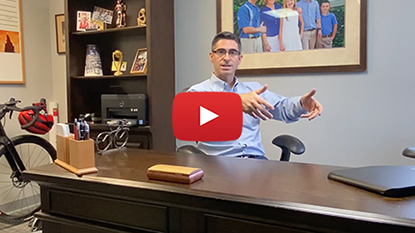At the completion of this course, participants will be able to:
- Recognize 3 biomechanical characteristics that contribute to increased injury risk in the arm of the overhead athlete
- Given a mechanical fault in the performance of the overhead sports movement, provide 2 biomechanical contributors to the mechanical fault
- Recognize 3 sociocultural factors that contribute to the development of chronic/overuse injuries in the overhead athlete
- Identify 3 postural characteristics common in the presentation of the overhead athlete
- Given a specific joint/tissue dysfunction, provide 2 biomechanical contributors and 2 biomechanical consequences for the respective sport
- Define the role of 3 different core muscles in the transfer of energy from the lower extremity to the upper extremity
- Define the role of 3 different scapular muscles in the transfer of energy from the trunk to the arm
- Correctly identify and perform mobilization/release of 3 scapular muscles
- Correctly identify and perform mobilization/release of 3 trunk and/or hip muscles
- Properly execute a functional strength assessment of upper extremity, lower extremity and trunk
- Identify a dysfunctional movement pattern during functional movement assessment
- Develop 2 motor retraining exercises that addresses dysfunctional movements identified during your movement/manual assessment
- Develop 2 dynamic exercises that would reinforce motor retraining


